34 Tasty Korean Beverages Everyone Can Sip and Love
Korean beverages represent a vibrant tapestry of cultural refreshment and innovative drinking experiences.
Delightful liquid treasures that blend traditional recipes with modern culinary creativity.
Each drink carries unique stories passed through generations of passionate brewers and mixologists.
Some quench thirst with surprising flavor combinations, while others offer deeply rooted cultural significance.
Refreshing options range from sweet and fruity to complex and nuanced profiles.
The beverage landscape mirrors Korea's dynamic culinary imagination and commitment to sensory pleasure.
Intriguing textures and unexpected ingredients make these 31 Korean beverages a compelling journey for curious taste buds:
Discover Korean Beverage Types for Every Occasion
Korean drinks range from traditional rice wines to modern fruity sodas. Find the right beverage to pair with barbecue, spicy dishes, or simply enjoy on a sunny afternoon.
Sujeonggwa
Sujeonggwa is a traditional Korean dessert drink renowned for its medicinal digestive properties and complex flavor profile.
Dating back to 1849, this dark brown beverage combines dried persimmon, cinnamon, and ginger in a sweet and spicy brew.
Koreans typically serve sujeonggwa during festive holidays alongside sikye, another traditional sweet rice drink.
Ginger provides a warm, slightly sharp undertone that complements the natural sweetness of the persimmon.
Pine nuts often garnish the drink, adding a subtle nutty crunch to its smooth texture.
Historical records from the book Dongguksesigi by Hong Seok Mo first documented this unique punch.
Served both hot and cold, sujeonggwa offers a refreshing and aromatic experience.
Its preparation reflects Korean culinary traditions of balancing flavor and potential health benefits.
Cheongju Rice Wine
Cheongju is a refined South Korean rice wine prized for its crystal-clear appearance and sophisticated flavor profile derived from carefully fermented polished rice.
Royal courts historically cherished this elegant beverage as a ceremonial drink with deep cultural significance.
Traditional Korean brewers meticulously filter the wine to achieve its signature transparency and smooth taste.
Ancient brewing techniques contribute to its subtle sweetness and complex undertones.
Koreans frequently use Cheongju in culinary preparations, especially for marinades and specialized sauces.
Modern distilleries continue producing this traditional alcohol using time-honored methods.
Korean restaurants and homes serve Cheongju during special occasions and social gatherings.
Alcohol enthusiasts appreciate its delicate balance between crisp texture and gentle sweetness.
Maesil-Ju
Maesil-ju electrifies Korean spirits culture as a robust liqueur crafted from Asian plums steeped in soju.
Korean distillers carefully select unripe green or ripe yellow plums, sometimes blending both varieties for complex flavor profiles.
Sugar transforms the fruit and traditional rice spirit into a golden-hued beverage with remarkable depth and bittersweet undertones.
Maceration takes several weeks, allowing ingredients to merge into an intensely flavorful drink.
Artisan producers strain most plums but occasionally leave a few floating in the final liquid.
Small shot glasses serve as traditional vessels for enjoying this potent liqueur.
Maesil-ju emerges as a cherished alcoholic beverage that captures Korea's agricultural heritage and drinking culture.
Makgeolli
Makgeolli is Korea's traditional milky-white rice wine with a rich historical legacy dating back to the 10th century.
Ancient Korean farmers crafted this lightly fizzy beverage using fermented rice and nuruk, a unique indigenous starter culture.
Generations of agricultural workers enjoyed makgeolli as their primary alcoholic drink before imported beverages dominated the market in the 1980s.
Korean bars and restaurants now prominently feature this slightly sweet, low-alcohol beverage that undergoes a complex fermentation process.
Small-batch producers have revived interest in makgeolli by introducing artisanal brewing techniques.
Microbreweries across South Korea experiment with innovative flavor profiles and traditional recipes.
Modern drinkers appreciate makgeolli's complex taste and cultural significance.
Young Koreans have embraced this traditional drink as a trendy alternative to commercial alcoholic beverages.
Barley Tea (Boricha)
Mugicha represents a traditional Japanese barley tea with deep cultural roots across multiple Asian countries, offering a naturally caffeine-free roasted grain infusion that delivers a distinctive nutty and earthy flavor profile.
Brewed from roasted barley grains through hot or cold water steeping, this refreshing beverage transforms simple ingredients into a complex sensory experience.
Modern preparation often involves convenient teabags filled with ground roasted barley, making the drink easily accessible.
Mugicha develops a light brown color when prepared and can be enjoyed at various temperatures.
Summer versions frequently feature chilled servings over ice for maximum refreshment.
Consumers can adjust sweetness levels according to personal taste preferences.
Barley tea carries ancient brewing traditions that connect contemporary drinkers with historical beverage practices.
Health-conscious individuals appreciate its natural ingredients and potential wellness benefits.
Yuja-Cha
Yuja-cha is a traditional Korean citrus tea bridging ancient Chinese botanical heritage with modern wellness practices.
South Korean tea makers transform yuya, a lemon-like fruit originally imported during Tang dynasty, into a sweet warming beverage through two primary preparation methods.
Fresh yuya slices mixed with sugar and warm water create an immediate infusion, while a preserved fruit mixture called yuja-cheong offers a more complex preparation technique.
Honey often sweetens the preserve, which dissolves easily into hot water.
Winter brings peak popularity for this comforting drink.
Medical traditions suggest the tea provides natural healing properties.
Mild citrus notes and gentle warmth characterize this soothing beverage.
Rich cultural significance accompanies each steaming cup of yuja-cha.
Dalgona
Dalgona coffee electrifies beverage culture as a mesmerizing whipped drink featuring instant coffee, sugar, and water whisked into a caramel-colored foam served over milk.
South Korean actor Jung Il-woo popularized this viral sensation after experiencing a similar preparation in Macau.
Inspiration struck when he recognized its resemblance to dalgona, a traditional Korean street candy made with melted sugar and baking soda.
International social media platforms rapidly spread its unique preparation method, showcasing the dramatic transformation from liquid ingredients to fluffy peaks.
Similar versions exist across Asian countries, reflecting regional coffee traditions.
Minimal ingredients and simple technique make this drink accessible to home bartenders worldwide.
Instagram and TikTok trends significantly boosted its global recognition.
Smooth, sweet, and visually striking, dalgona coffee represents a modern twist on classic beverage presentation.
Omija-Cha
Omija-cha represents a traditional Korean herbal tea crafted from schisandra berries, celebrated for its unique five-flavor profile that simultaneously delivers saltiness, sweetness, sourness, bitterness, and pungency.
Korean artisans carefully dry small red berries before steeping them in cold water to extract their complex essence.
Sugar and honey often enhance the tea's natural taste, creating a balanced beverage enjoyed both warm and cold.
Gorgeous red hues emerge from the berries during preparation, signaling the drink's rich character.
Koreans traditionally brew this infusion as a refreshing and healthful beverage.
Subtle herbal notes complement the tea's intricate flavor spectrum.
Ancient medicinal practices considered the drink beneficial for overall wellness.
Natural ingredients make omija-cha a beloved Korean beverage with deep cultural significance.
Baekseju
Baekseju is a traditional Korean rice wine renowned for its complex herbal profile and medicinal ginseng essence.
Korean brewers craft this clear, aromatic beverage by fermenting glutinous rice with a sophisticated blend of therapeutic herbs like ginger, omija, and cinnamon.
Ginseng dominates the drink's distinctive flavor, creating a subtly sweet experience with layers of botanical complexity.
Dating back to 17th-century Korean culinary traditions, baekseju carries deep cultural significance in Korean beverages.
Modern interpretations emerged in 1992 when Kooksoondang introduced a refined commercial version.
Typically bottled at 13% alcohol by volume, this wine offers a smooth, herbaceous character.
Its unique preparation method combines fermentation techniques with carefully selected medicinal ingredients.
Health-conscious drinkers appreciate baekseju for its potential wellness benefits and sophisticated taste profile.
Korean Ginger Tea (Saenggangcha)
Ginger tea represents a warming, spicy herbal infusion originating in Asian cultures with powerful health benefits.
South Korean and Japanese traditions prepare this drink by combining grated ginger with honey, creating a concentrated mixture ready for quick preparation.
Brewing involves simmering sliced ginger in hot water or mixing the honey-ginger blend with water at preferred temperatures.
Lemon and starch additions enhance its flavor and complexity.
Traditional preparation methods vary across different Asian regions, reflecting local preferences.
Medical practitioners recommend the beverage for its potential immune-boosting and digestive properties.
Consumers enjoy ginger tea as both a hot and cold beverage throughout the year.
Natural ingredients make this drink a simple yet effective wellness tonic.
Soju
Korean soju dominates social gatherings as Korea's most popular alcoholic beverage distilled from fermented rice, wheat, barley, sweet potatoes, or tapioca.
Mongols introduced distilling techniques to Korea during the 13th century, sparking its original production methods.
Governmental rice restrictions in 1965 pushed producers to explore alternative ingredient sources.
Soju emerges as a clear spirit with low alcohol content and mild, neutral flavor.
Restaurants and bars across Korea serve this versatile drink alongside meals and during social interactions.
Korean drinkers typically consume soju in small shots and often pair it with savory dishes.
Traditional consumption involves multiple rounds with friends and colleagues.
Small glasses and communal drinking create a warm, shared experience that reflects Korean social culture.
Yulmu-Cha
Yulmu-cha emerges as a traditional Korean herbal tea brewed from roasted and ground Job's tears seeds, delivering a nutty, smooth flavor profile that soothes and nourishes.
Korean households have long cherished this warm beverage for its mild, earthy taste and potential health benefits.
Farmers carefully harvest yulmu seeds from tall grass-like plants cultivated in East Asian regions.
Roasting transforms these seeds into a fine powder that easily dissolves in hot water, creating a comforting drink.
Nutritionists praise yulmu-cha for its potential to support digestive health and reduce inflammation.
Rich in minerals and amino acids, the tea provides a gentle, warming experience during cold seasons.
Some Korean wellness traditions link the drink to stress reduction and metabolic support.
Ancient medicinal practices valued yulmu-cha as a natural remedy for various mild health conditions.
Milkis
Milkis emerges as a fizzy Korean beverage blending yogurt and milk into a refreshing carbonated soda that revolutionized soft drink experiences since Lotte Chilsung's 1989 launch.
Korean consumers quickly embraced this unique drink for its smooth, creamy texture and light sweetness.
Factory production involves mixing carbonated water with corn syrup, sugar, and milk to create its signature taste.
Lotte Chilsung carefully crafted the drink to appeal to younger generations seeking novel beverage options.
Milkis stands out from traditional sodas with its distinctive dairy-based profile.
Yogurt undertones give the drink a subtle tangy character.
Carbonation provides a playful, effervescent mouthfeel.
Multiple fruit flavors now complement the original milk variety, expanding its popularity across South Korea and international markets.
Sikhye
Sikhye represents a refreshing South Korean sweet rice beverage crafted from fermented rice, barley malt powder, and occasionally pine nuts.
Koreans traditionally serve this non-alcoholic drink as a popular dessert beverage that cleanses the palate after meals.
Korean grandmothers often prepare sikhye during special celebrations and family gatherings.
Rice gets soaked and fermented with malted barley, creating a natural sweetness without added sugar.
Heat transforms the rice starch into sugars during brewing, producing a uniquely mild and slightly sweet flavor.
Pine nuts sometimes float on top for extra texture and nutty taste.
Street vendors and restaurants across South Korea offer this classic drink year-round.
Cold sikhye provides a perfect summer refreshment while warm versions comfort during colder months.
Hwachae
Hwachae are traditional Korean refreshing fruit punches blending natural sweetness with cooling ingredients.
Summer-perfect Korean beverages showcase seasonal fruits floating in sweetened water or magnolia berry juice.
Watermelon hwachae represents the most popular version, featuring chilled watermelon chunks and juice mixed with ice and additional fruit pieces.
Korean families prepare these drinks during hot months as natural thirst-quenchers.
Multiple fruit variations include strawberry, peach, and citrus versions.
Hwachae ingredients typically combine fresh fruits, sugar, and cold water.
Home cooks create these punches by slicing fruits and letting them soak in sweetened liquid.
Summer gatherings often feature these colorful, hydrating beverages as refreshing social drinks.
Daechu-Cha
Daechu-cha represents a traditional South Korean herbal tea crafted from nutrient-rich jujube fruits.
Sweet and warming, this deep red-brown beverage offers significant medicinal benefits for digestive and immune health.
Korean households brew daechu-cha by boiling dried jujubes or dissolving concentrated jujube preserve in hot water.
Natural sweetness and subtle earthy notes characterize this comforting drink.
Jujube fruits provide essential vitamins and minerals that support overall wellness.
Low in calories, daechu-cha serves as a popular alternative to sugary beverages.
Winter seasons particularly highlight this soothing tea's popularity across Korean regions.
Rich cultural traditions and generations of herbal knowledge contribute to daechu-cha's enduring appeal.
Buckwheat Tea (Memil-Cha)
Sobacha is a robust Japanese herbal infusion crafted from roasted barley kernels, delivering a nutty, earthy flavor profile without actual tea leaves.
Barley roasting transforms ordinary grains into a warm, comforting beverage with deep brown coloration and rich aroma.
Japanese households traditionally prepare sobacha as a caffeine-free alternative to standard tea, appreciating its mineral-rich composition and potential health benefits.
Ancient brewing techniques involve carefully roasting barley until achieving a deep golden-brown color that releases complex nutty undertones.
Buckwheat kernels sometimes complement barley in regional variations, expanding the drink's flavor complexity.
Chinese and South Korean cultures also embrace similar grain-based infusions, demonstrating widespread regional appreciation for this natural beverage.
Sobacha serves as a versatile drink enjoyed hot or cold, making it suitable for multiple seasons and occasions.
Health-conscious individuals value sobacha for its potential digestive support and low-calorie nutritional profile.
Sungnyung
Sungnyung represents a traditional South Korean beverage crafted by pouring hot water or tea over nurungjia, a crispy rice layer remaining at the bottom of a cooked rice pot.
Korean households cherish this warming drink for its unique nutty aroma and light brown color.
Home cooks create sungnyung by carefully extracting the caramelized rice crust after preparing steamed rice.
Water absorbed through this process develops a subtle toasted essence that enhances its natural flavor profile.
Koreans enjoy sungnyung as a comforting post-meal drink that wastes no part of the rice cooking process.
Natural caramelization transforms the rice residue into a fragrant liquid with mild sweetness.
This resourceful beverage reflects Korean culinary traditions of minimizing food waste.
Sungnyung offers a simple yet satisfying way to experience rice's complex flavors beyond its standard preparation.
Somaek
Somaek blends soju and beer into Korea's most popular mixed alcoholic drink, creating a refreshing social beverage that packs a potent punch.
Korean bars and restaurants frequently serve this simple cocktail using lager or pilsner as a base beer.
Drinkers typically combine three parts soju to seven parts beer, pouring beer first and then adding a shot of soju.
Mixing techniques involve using chopsticks or a spoon to stir the drink, with chopsticks quickly struck inside the glass or a spoon tapped at the bottom.
Soju, a traditional Korean rice spirit, provides the strong alcoholic component to this casual drink.
Beer offers a smooth, lighter balance to the intense soju flavor.
Many Korean social gatherings feature somaek as a popular shared beverage.
Friends enjoy this drink as a quick and easy way to celebrate or unwind together.
Sudan
Sudanis blends traditional Korean summer refreshment with spiritual significance, combining boiled grain cake balls floating in sweet honeyed water as a ceremonial hwachae (fruit punch).
Ancient villagers crafted this drink during lunar calendar celebrations to honor harvest spirits and community connections.
Grain cake balls provide texture and substance to the light, cool beverage.
Religious ceremonies traditionally featured sudani as a symbolic offering to ensure agricultural prosperity.
Summer festivals and community gatherings frequently welcomed this refreshing punch.
Korean rural communities developed sudani as a meaningful social and spiritual practice.
Its preparation requires careful crafting of grain cake spheres and precise water sweetening.
Sweet honeyed liquid transforms simple ingredients into a memorable cultural experience.
Dongdongju
Dongdongju is an unfiltered Korean rice wine characterized by floating rice kernels that create a unique drinking experience.
Korean brewers craft this traditional alcohol by fermenting glutinous rice with a special starter culture and water.
Short fermentation preserves the wine's raw, textured appearance and distinct flavor profile.
Rice kernels drift on the liquid's surface, giving the drink its playful name and rustic charm.
Brewers serve dongdongju in wide-mouthed bowls to showcase its signature look and encourage communal drinking.
Alcohol content typically ranges between 6-8 percent, making it a mild and refreshing beverage.
Koreans enjoy dongdongju during social gatherings and seasonal celebrations as a beloved traditional drink.
Bokbunja-Ju
Bokbunja-ju are traditional Korean black raspberry wines brewing complex flavors from native Rubus coreanus berries grown across Korea, Japan, and China.
Korean artisans craft this dark red beverage through careful fermentation of fresh berries with specialized yeast strains.
Traditional methods involve steeping berries and sugar in neutral spirits like shochu, creating a nuanced liqueur with deep fruity undertones.
Modern production techniques filter and ferment the fruit, producing wines ranging between 14% and 19% alcohol content.
Distinct aromas and balanced flavors characterize this unique drink, which offers a dry finish without excessive sweetness.
Alcohol enthusiasts appreciate its rich color and sophisticated taste profile.
Generations have enjoyed bokbunja-ju as a signature Korean alcoholic beverage.
Moju
Mojuis blends traditional Korean makgeolli rice wine with aromatic herbs and spices into a smooth, low-alcohol beverage.
Korean brewing techniques transform fermented rice into a complex drink featuring warming ingredients like cinnamon, ginger, and jujube.
Herbal elements such as ginseng and licorice root enhance its unique flavor profile.
Generations of Korean artisans have perfected this crafted beverage through careful fermentation methods.
Each batch offers a distinctive taste experience reflecting Korean agricultural and brewing expertise.
Medicinal herbs contribute potential health benefits beyond its refreshing qualities.
Served chilled or at room temperature, mojuis provides a gentle alcoholic experience that connects drinkers to Korean cultural heritage.
Soju Shot (Poktanju)
Poktanju blends South Korean beer and soju into a potent drinking ritual where drinkers drop a shot of soju directly into a glass of beer.
Beer serves as the base liquid, creating a quick, intense alcoholic experience popular among young Koreans.
Drinkers typically consume the mixed beverage rapidly in one gulp.
Soju, a clear rice-based spirit, adds strong alcohol content to the beer.
Korean drinking culture celebrates this shot as a social bonding technique.
Social gatherings often feature this fast-paced drinking method.
Alcohol percentages range between 14-25% for soju and 4-5% for beer.
Bars and restaurants across South Korea regularly serve this popular mixed drink.
Sansachun
Sansachun is a traditional Korean rice wine infused with hawthorn fruit, delivering a uniquely sweet and sour flavor profile that sets it apart from other alcoholic beverages.
Originating as a medicinal drink with calming properties, this low-alcohol beverage typically contains around 14% ABV and boasts a mellow, fruity aroma.
Korean culture has embraced sansachun as a pre-dinner drink, often served neat in small shot glasses.
Ancient traditions highlight its therapeutic roots, connecting the beverage to centuries of herbal medicine practices.
Hawthorn fruit, derived from rose family shrubs, provides the distinctive tangy undertone that makes sansachun so memorable.
Koreans frequently pair this rice wine with traditional stews and meat dishes, enhancing dining experiences.
Production methods involve carefully fermenting rice and incorporating fresh hawthorn fruit.
Generations have cherished sansachun as a gentle, aromatic beverage that bridges culinary and medicinal traditions.
Gwahaju
Gwahajiu sparks traditional Korean summer refreshment by blending rice wine with soju, creating a potent alcoholic beverage born from ancient preservation methods.
Korean brewers developed this fortified drink when refrigeration did not exist, preventing rice wine from spoiling during hot months.
Summer temperatures threatened fermented beverages, pushing local communities to develop innovative solutions.
Brewers discovered mixing rice wine with stronger soju could extend its drinkability and alcohol content.
Fermentation processes required careful monitoring to ensure quality and prevent contamination.
Korean drinking culture embraced gwahajiu as a seasonal specialty with deep cultural significance.
Regional artisans continued refining brewing methods through generations, maintaining traditional techniques while adapting to modern tastes.
Dosoju
Dosojuis traditional Korean herbal liquor steeped in centuries of cultural significance and medicinal healing.
Korean families prepare this potent rice wine during Lunar New Year celebrations as a symbolic drink of wellness and renewal.
Ancient brewing techniques transform cheongju rice wine into a complex spirit by carefully blending multiple medicinal herbs.
Herbalists select ingredients like ginseng, angelica root, and other native plants to create unique flavor profiles.
Generations have consumed dosoju believing it provides strength, boosts immunity, and promotes overall health.
Alcohol content ranges between 40-60 percent, making it a powerful traditional beverage.
Korean communities continue to honor this time-honored drink during festive gatherings and special occasions.
Gukhwaju
Gukhwaju represents a traditional Korean rice wine infused with dry chrysanthemum flowers during fermentation, creating a subtle golden beverage with delicate floral notes and sweet undertones.
Brewers carefully macerate the flowers to extract complex aromatic qualities that define this unique alcohol.
Korean cultures traditionally prepare gukhwaju during Jungyangjeolthe Double Ninth Festival on the ninth day of the ninth lunar month.
Chrysanthemum selection plays a critical role in developing the wine's signature flavor profile.
Herbs and additional spices sometimes complement the flower's natural essence.
Seasonal preparation highlights the drink's cultural significance.
Ancient brewing techniques preserve this centuries-old alcoholic tradition.
Koreans celebrate the wine's subtle complexity and historical connections to traditional festivals.
Dugyeonju
Dugyeonju sparks curiosity as a unique Korean rice wine crafted from delicate azalea flowers grown near Myeoncheon-myeon.
Mountain springs and special nuruk starter enhance its fermentation process, which stretches over three months of careful preparation.
Spring brings this pale yellow drink to life, when azalea blossoms cover Amisan Mountain's landscape.
Traditional brewing methods transform glutinous rice, dry flower petals, and pure water into a subtly sweet alcohol with gentle floral undertones.
Korean culture cherishes this centuries-old beverage as more than just a drink.
Medicinal properties add depth to its cultural significance.
Generations have passed down its intricate production techniques.
Local artisans continue preserving this remarkable liquid heritage.
Baesuk
Baesuk are traditional Korean pear desserts steaming whole Asian pears in sweetened water until tender and soft.
Korean families prepare these elegant fruit treats by slowly simmering ripe pears with sugar or honey, creating a delicate and fragrant dish.
Whole pears transform into silky smooth delicacies during careful cooking processes that preserve their natural sweetness.
Variations might include flavoring water with ginger or inserting pine nuts and jujube inside the fruit before steaming.
Pine nut and peppercorn garnishes often decorate the pear's surface for additional texture and visual appeal.
Korean households traditionally serve baesuk as a light dessert or refreshing palate cleanser between meals.
Seasonal Asian pears provide the perfect base for this simple yet sophisticated Korean delicacy.
Home cooks value baesuk as a gentle, nutritious sweet that highlights natural fruit flavors through minimal preparation.
Gamju
Gamjuordansulis a traditional Korean fermented rice beverage with a unique low-alcohol profile crafted through careful cold-temperature fermentation.
Korean brewers use nuruk, a special starter culture, to transform steamed rice into this subtly sweet and gently tart drink.
The fermentation process creates an opaque liquid with delicate flavor nuances that distinguish it from other rice-based alcoholic beverages.
Gentle brewing techniques preserve the drink's soft, smooth character and light alcohol content.
Generations of Korean families have perfected this brewing method, passing down techniques that maintain the beverage's complex taste.
Home brewing remains popular, with many families maintaining their own fermentation traditions.
Small-batch production ensures the drink retains its authentic, handcrafted quality.
Meet Korea’s Beverage Producers Making a Splash
Korea’s beverage scene thrives thanks to innovative producers and age-old techniques. Get to know the brands and artisans raising the bar at home and abroad.
Original Beer Company
Original Beer Company revolutionizes South Korea's brewing landscape with innovative craft beers that seamlessly blend international techniques and local ingredients.
Established during the country's emerging craft beer movement, the brewery challenges traditional alcohol norms dominated by soju and makgeolli.
Craft beer enthusiasts now explore sophisticated brewing alternatives that showcase complex flavor profiles.
Small-batch production methods allow for creative experimentation with unique ingredients and brewing styles.
South Korean beer culture has dramatically transformed through microbrewery innovations like Original Beer Company.
Craft brewers target younger generations seeking diverse and high-quality drinking experiences.
International brewing techniques inspire their experimental approaches.
Passionate brewers continue pushing boundaries in South Korea's evolving beer market.
Korean Beverages That Everyone Should Sample
From honeyed teas to fizzy yogurts and iconic soju, Korean drinks offer refreshment and culture in every sip. Explore classics and new favorites for every palate.
Original Beer Company Bullrock Stout
Imperial stout emerges as a powerhouse beer style originating in 18th-century England for Russian imperial courts, boasting extreme complexity through its deep black color and robust alcohol content.
Brewers craft this beer with intense malted grains that generate rich flavors of dark chocolate, liquorice, and roasted malt.
Dried dark fruit notes weave through its luxurious texture, creating a sophisticated drinking experience.
Vanilla undertones soften the beer's initial bitterness.
High alcohol percentages typically range between 9-12%.
Russian czars originally commissioned these strong beers for long maritime journeys.
Barrel aging sometimes enhances its depth and character.
Craft breweries worldwide now produce exceptional interpretations of this legendary beer style.
Original Beer Company Cosmos Ale
Cosmos Ale sparkles as a champagne-inspired beer that blends sophisticated grape and citrus flavors into a transparent golden beverage.
Crafted with precision champagne yeast, this sparkling ale delivers an elegant drinking experience with unique complexity.
Green grape aromas gently mingle with fresh yuzu and zephyr notes, creating a crisp sensory profile.
Small, soft carbonation bubbles enhance its delicate texture and smooth mouthfeel.
Fruity undertones provide a refreshing character that sets it apart from traditional ales.
Each sip reveals layers of subtle citrus hints that dance across the palate.
Advanced brewing techniques ensure a balanced and sophisticated drink.
Beer enthusiasts will appreciate its refined and innovative approach to traditional ale brewing.
What Types of Ingredients Are Common in Korean Beverages?
Korean beverages showcase a rich variety of ingredients that reflect the country’s culinary heritage and natural bounty:
How Important Are Seasonal Ingredients in Korean Drinks?
Seasonal ingredients play a vital role in Korean beverage culture, aligning with the principles of harmony and balance:
Using seasonal produce ensures Korean drinks are not only flavorful but also in tune with the body’s needs throughout the year.

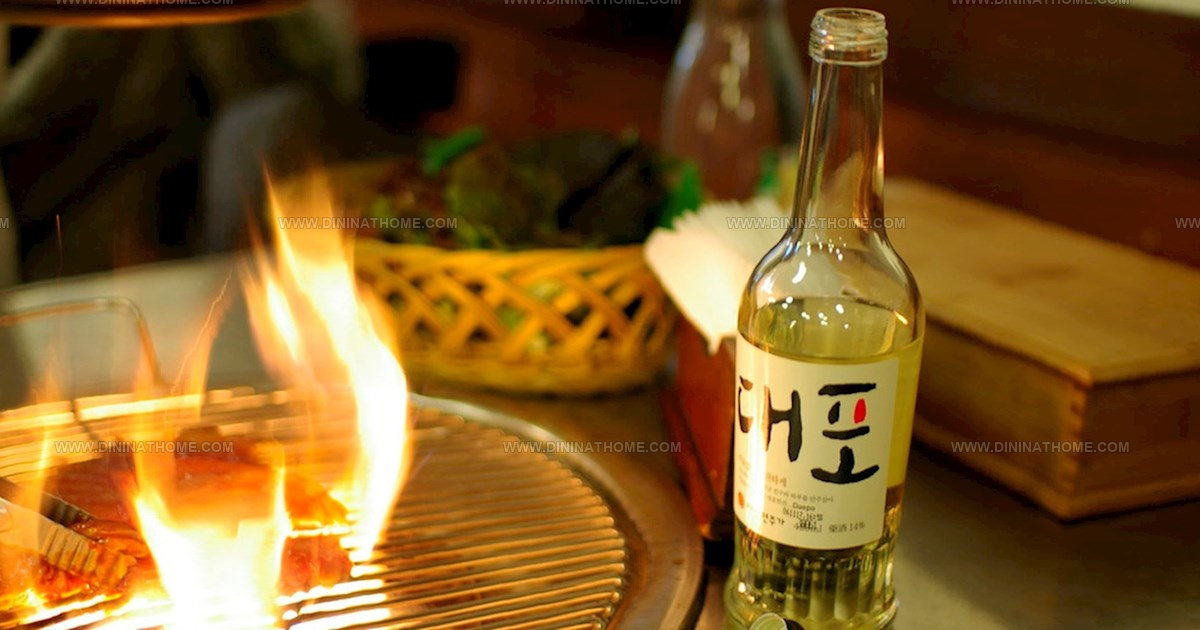
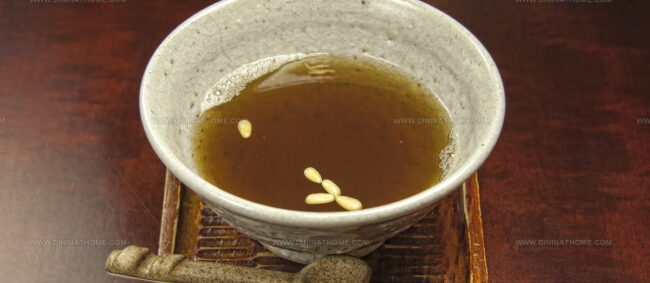
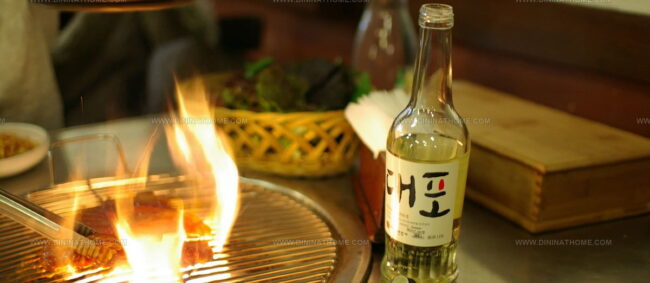


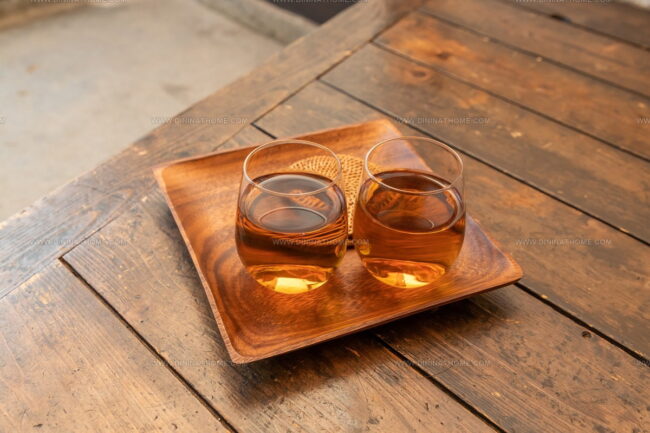
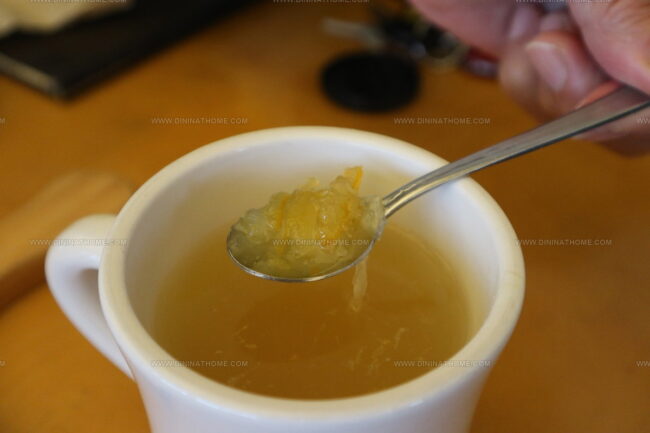
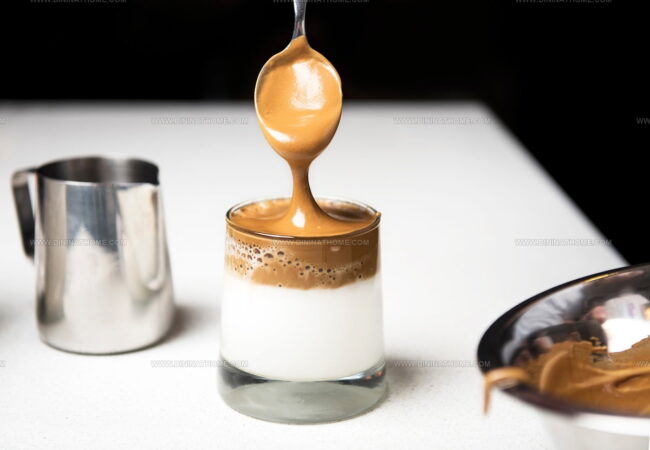
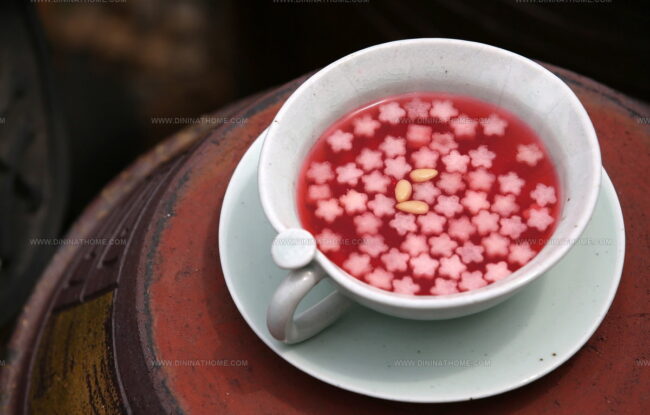

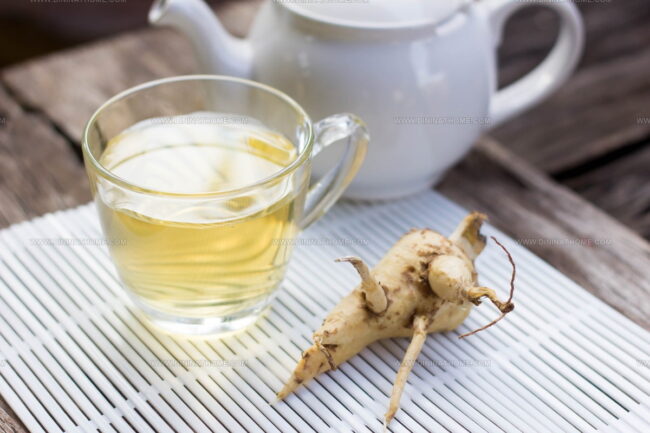


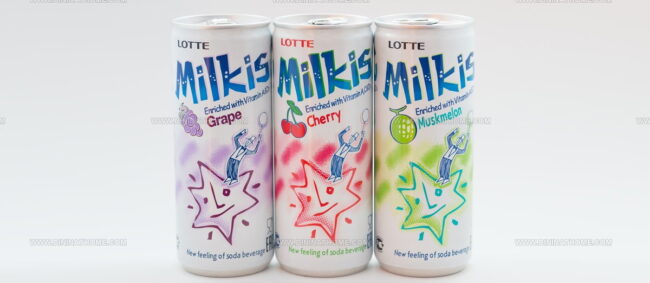
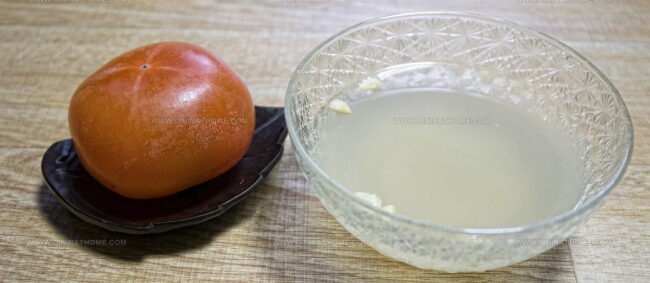
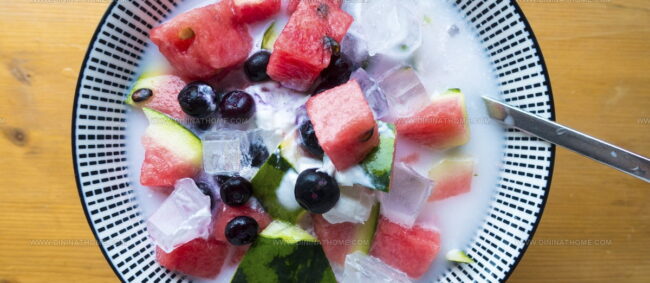
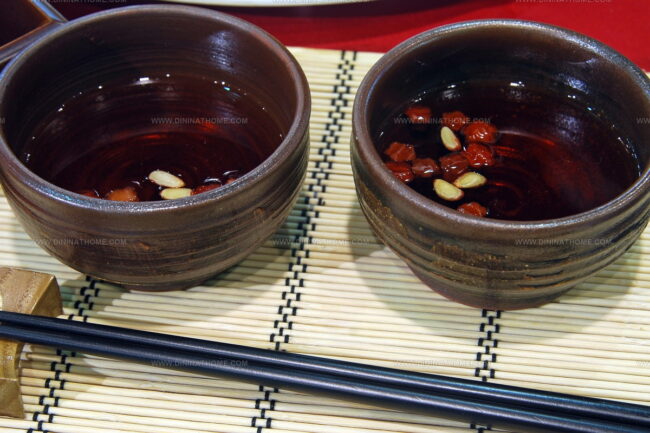
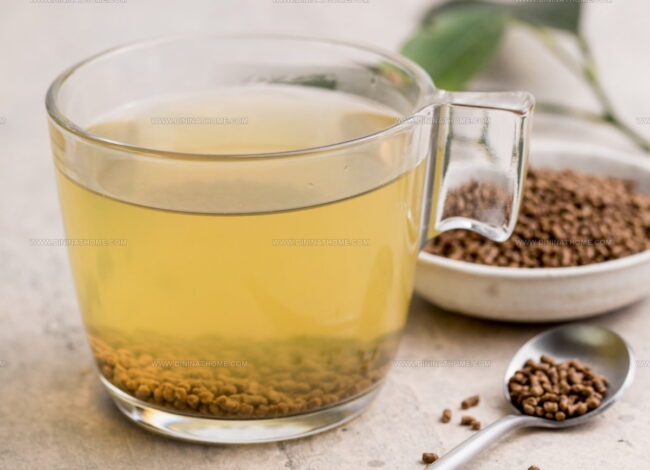
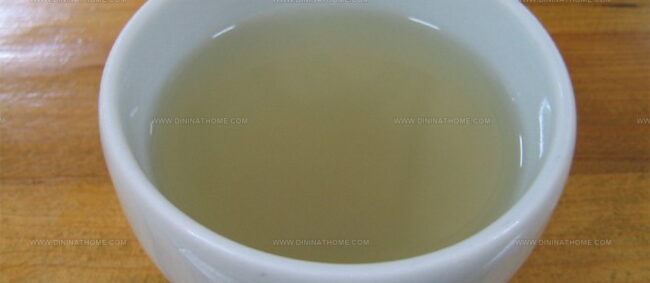
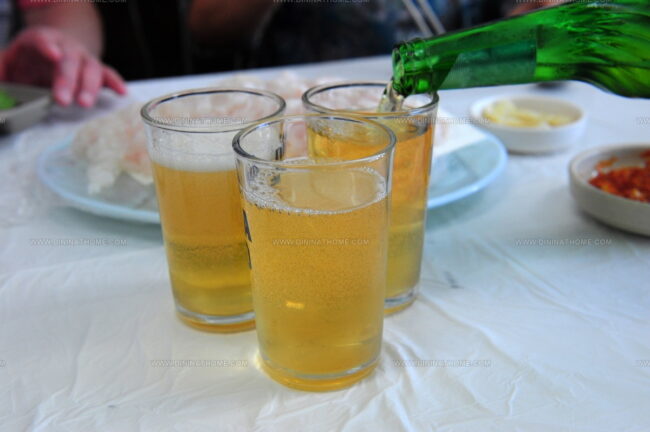
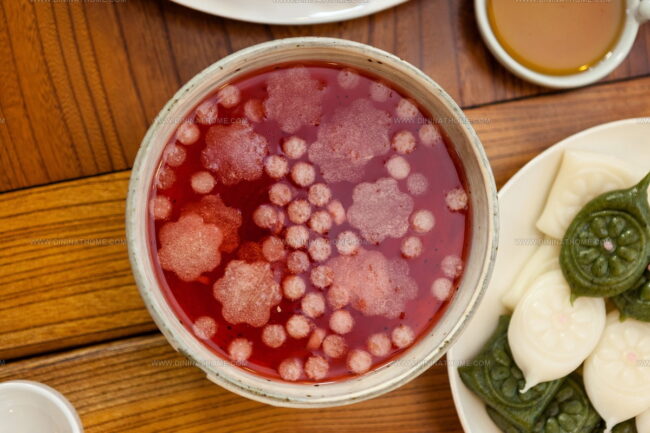
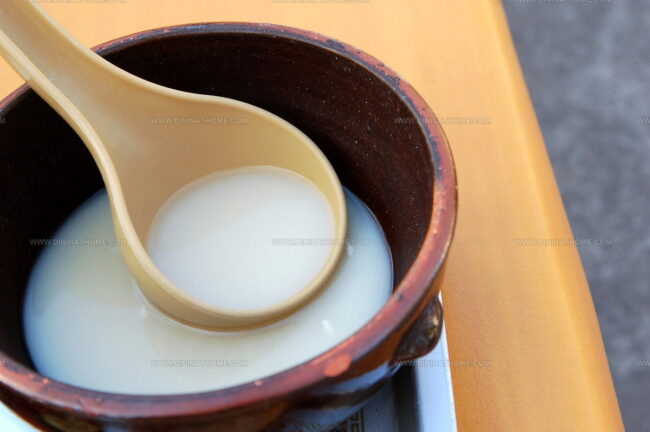

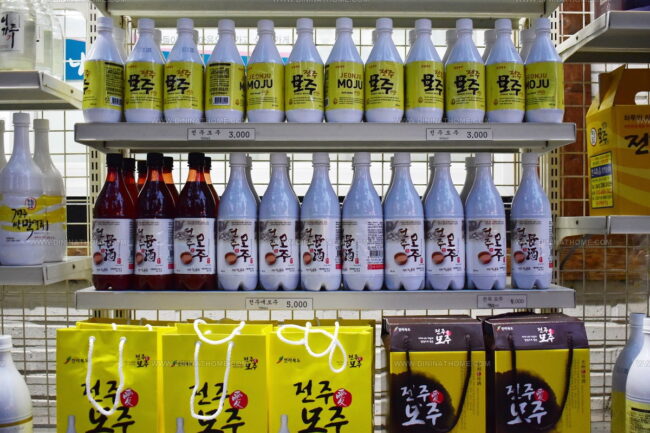
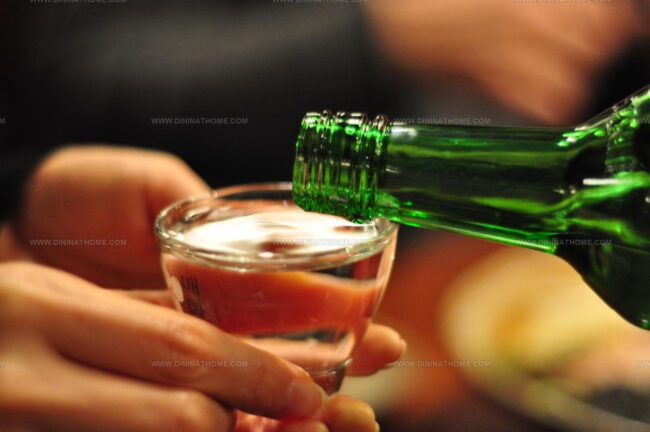




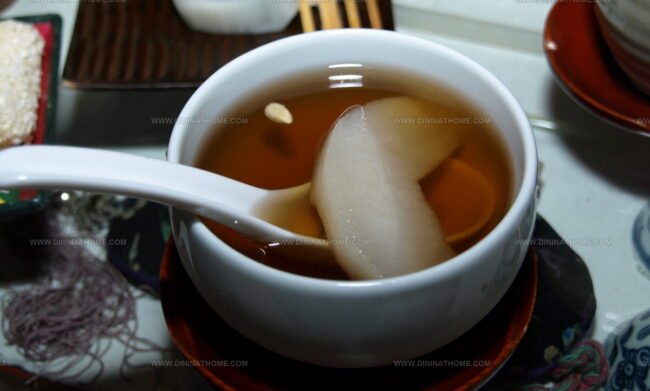
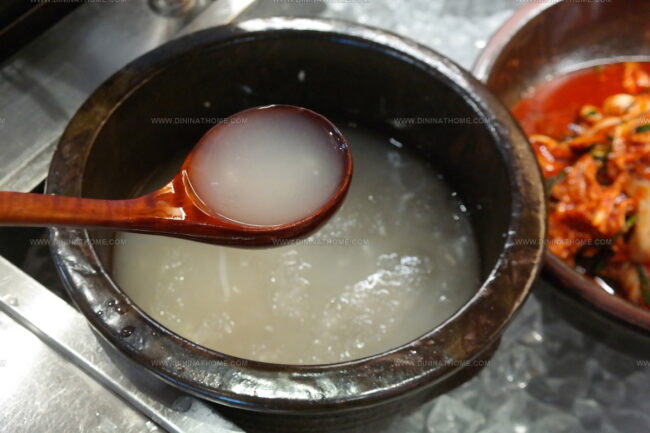
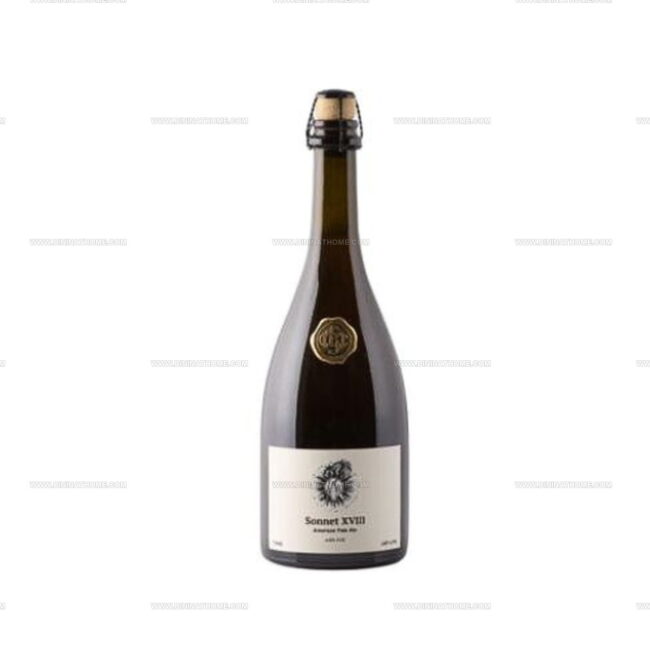
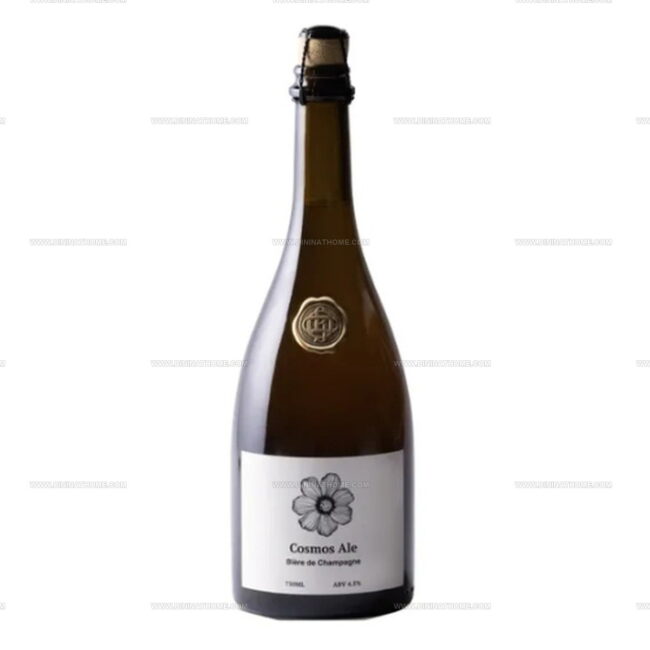
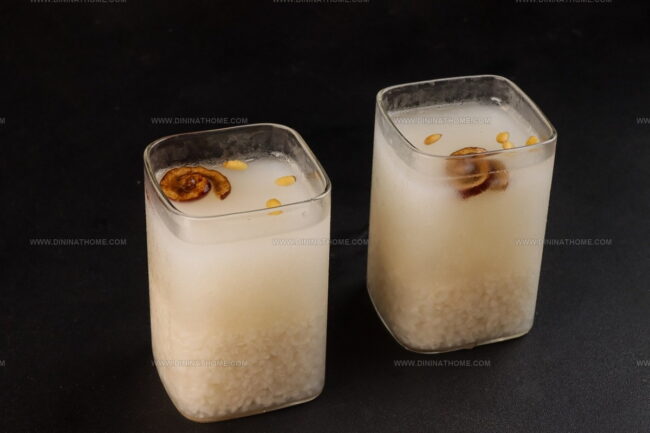
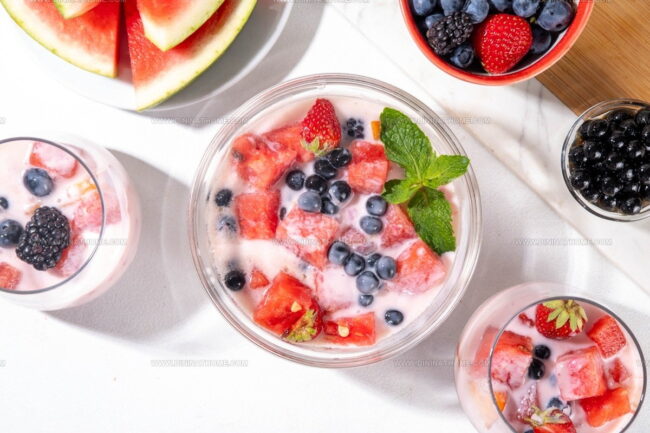
Emily Harper
Nutrition Consultant & Recipe Analyst
Expertise
Healthy Recipe Modification, Nutritional Analysis & Meal Planning, Global Cuisine & Dietary Adaptations
Education
School: French Pastry School, Chicago, IL
Program: L’Art de la Pâtisserie
Focus: Intensive training in traditional French pastry techniques, baking theory, and confectionery arts.
Emily’s journey started in a pastry kitchen but took a detour into the world of health and flavor science.
Graduating from the French Pastry School and studying nutrition opened her eyes to a new mission: making healthy food taste like something you’d actually crave.
At Dining At Home, Emily’s the go-to for smart, feel-good recipes that don’t trade flavor for nutrition.
She’s all about adding a fresh spin on old favorites and finding small ways to make everyday meals a little brighter.
Outside of the kitchen, Emily is most at home walking forest trails, testing plant-based recipes, or sharing a picnic under a wide-open sky.